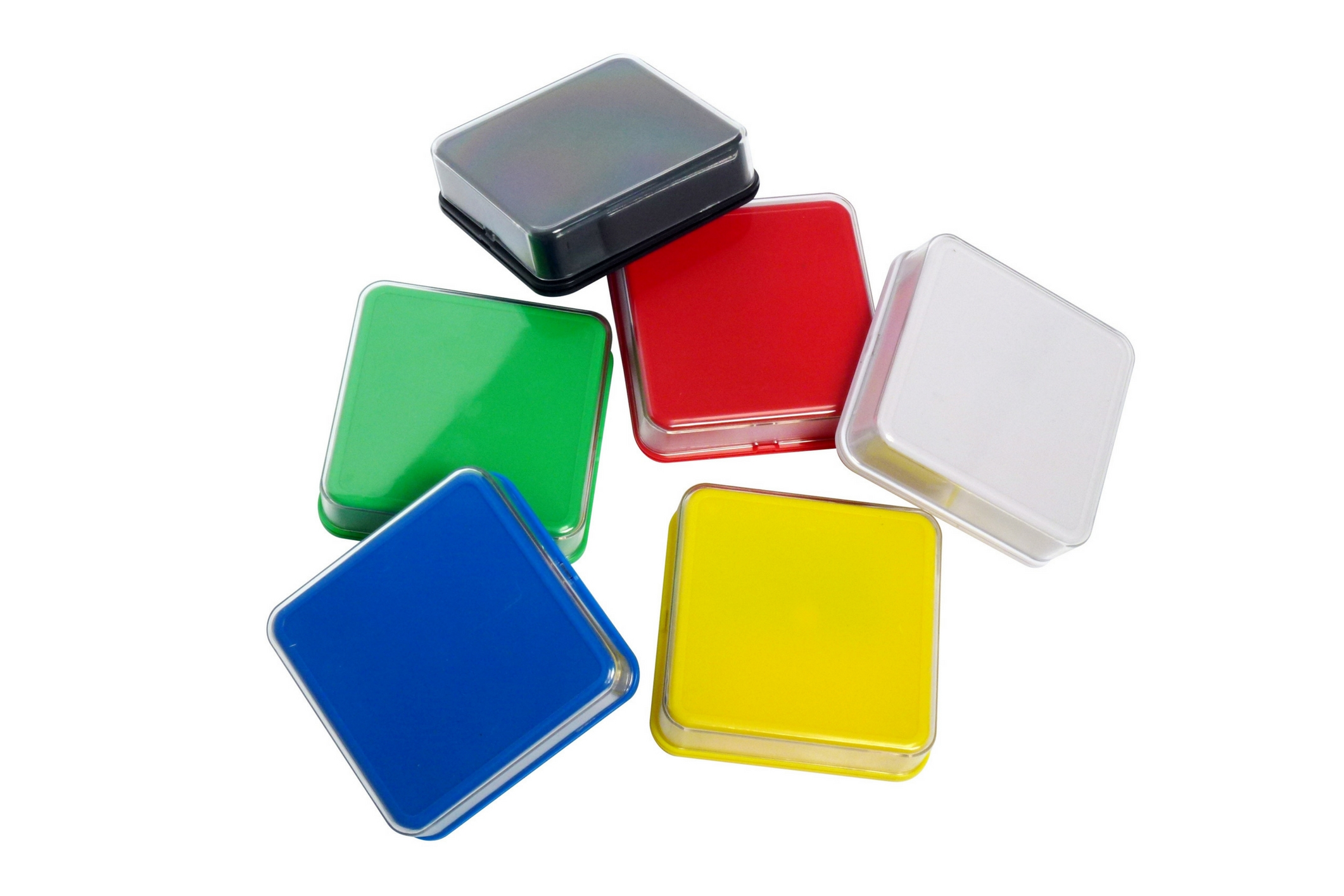BLOG


Benefits of Sensory Swings
The bodies and brains of little children begin developing from the time they are in uterus. Whether it is moving around in amniotic fluid, toddling around as a new walker, or jumping on every surface, their brain is always interpreting movement through its vestibular sense.
The vestibular sense gives a child information about where their body is in space, if they’re moving or still, how quickly they’re moving, and in what direction. The vestibular receptors are located in a child’s inner ear and are activated by the fluid in the ear canals moving as you move. This allows their brain to detect changes in head position and know whether you are moving with or against gravity. These receptors are responsible for giving your body information on whether they can be safe while navigating through their environment.A child with a well-developed vestibular sense can have better eye/head coordination, muscle tone, balance, and bilateral coordination. Without this development, a child can have difficulty in performing tasks such as playing catch, zipping up, cutting with scissors, copying from board or riding a bike.
Benefits of Sensory Swings
Most children can find plenty of outdoor activities around them that provides vestibular input. Running, biking, climbing, jumping, swinging, and sliding are all great ways to provide movement opportunities. Some kids need more intense sensory input and therefore require sensory swings for vestibular stimulation all through the year. A sensory swing allows for rotational movement as well as linear movement (back and forth, side to side).
Here are some benefits of sensory swings for your kids with special needs.
- Sensory swings help in challenging core strength, balance, and motor skills in different ways. Using these swings within therapeutic activities can build these skills in your child in novel, fun ways.
- Some swings allow for combined vestibular input and you can even add a vertical stimulation device to turn your favorite swing into a combined input swing. Some kids can tolerate combined-input swings better because of the additional proprioceptive input.
- Swinging for 15 minutes can help a child’s brain for up to 6-8 hours. An occupational therapist can help you better understand about monitoring these and including spinning in controlled doses.
- Swings have the opportunity for varied intensity of movement that may be needed for kids who under-respond or over-respond to vestibular input.
- The vestibular system is closely linked to the visual system. So improvement in processing can often be noticed in both areas together when you have a sensory swing at home.
- Sensory swings can also support sensory diet planning for self-regulation purposes. Whether the intention of your sensory diet is to calm and reorganize, or alert and stimulate, there is a sensory swing that can meet your child’s needs.
Sensory swings are whole lot of fun and provide endless, inspiring possibilities for therapeutic activity. They are a wonderfully functional and fun addition to your home sensory toolbox. Talk to your child’s occupational therapist and choose a sensory swing that can meet your child’s individual needs for vestibular stimulation, or a combination of sensory systems to promote regulation.

